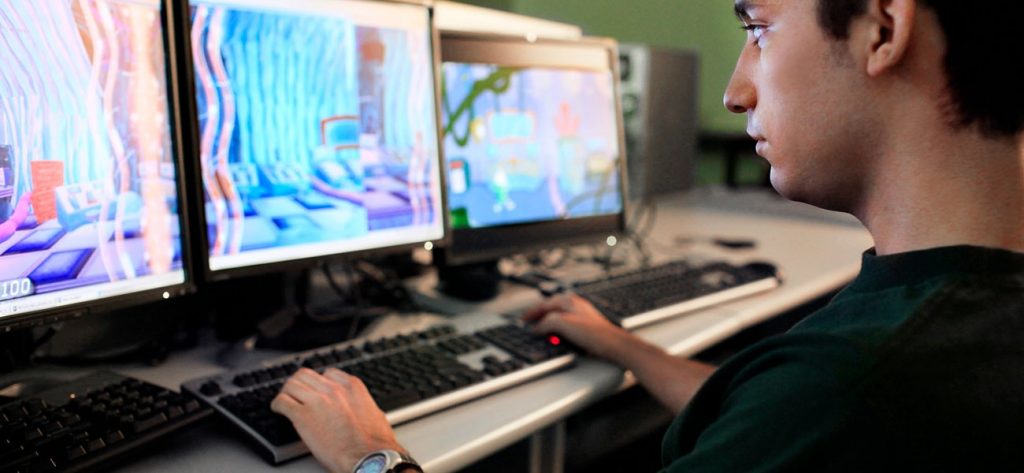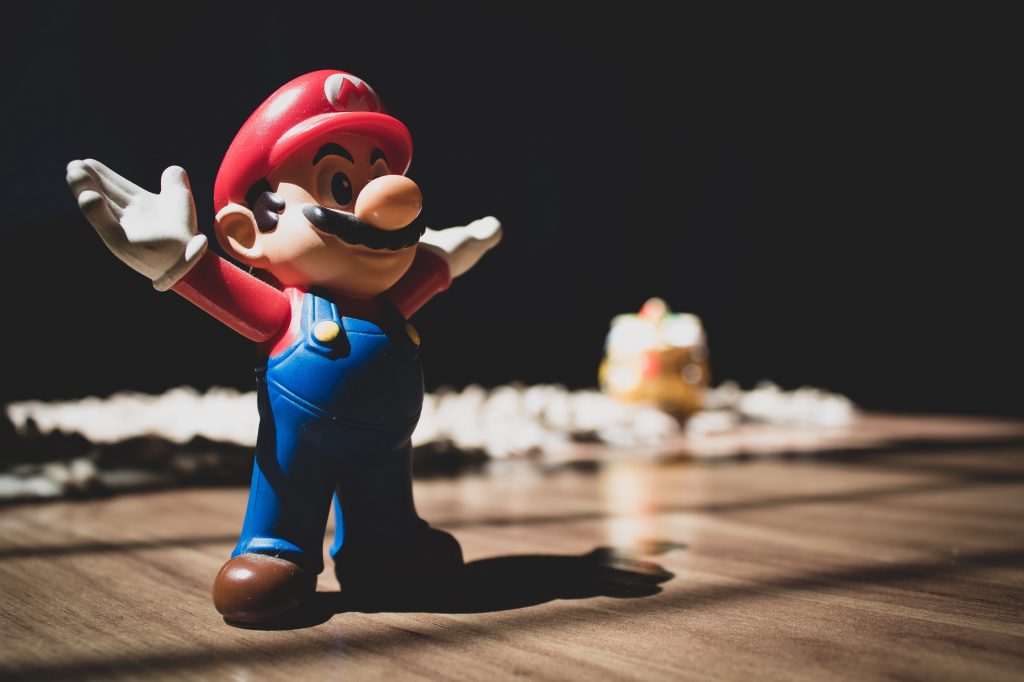What Does a Game Designer Do?
Like most people, you probably like playing games. You’ve probably even had moments where you wish you could improve a game you were playing. Maybe you have an idea for an original one. Perhaps you thought you could be a game designer?In my first post about the game industry, I discussed a bit of what it’s like to be a game developer in the industry today. Today I’m going to dig into the role of a designer a bit more.
When people ask me what I do as a game designer, my usual answer is something like, “I take the art that artists made and use the code that engineers made and put them together to make a game.”
It’s not the most detailed explination, but it’s enough for most people. The truth is, though, game designers do so much more than just put code and art together. In my career, I’ve built levels, scripted systems, and developed tools for other designers. A lot goes into making games fun.
While it’s hard to explain exactly what a designer does, especially since every project has it’s own it needs, there are a few things that are universal.

Playing Games Is Research, Nothing More
Lots of people like playing games. It’s a huge part of modern entertainment. But playing lots of games doesn’t make you a designer; Just like watching movies doesn’t make you a director or reading books doesn’t make you an author.
Playing games, to a game designer, is nothing but research. We play games; we see things that work and things that don’t work. We question why certain choices were made. And then we take the parts that work and incorporate them into our toolset.
Games Are for Other People, Not Just You
Games are meant to be played by other people, and designers understand this. Every person is different, and what is fun for one person might not be fun for others. If you only build things that you enjoy, you risk closing your game off from being enjoyed by many other people.
Throughout the years, many designers have tried to classify different types of gamers. But what really matters, is being able to put yourself in other’s shoes and look at your designs from other views. How do people who care about competition look at your game? What about people who care about the story? Or achieving challenges? Or freedom of choice? And so on.
Ideas Are Not the Same as Designs
Lots of people have ideas about games, but having lots of ideas doesn’t make you a game designer. Ideas are quick and fleeting, and usually incomplete. Designs, on the other hand, are holistic solutions to problems.
Like an architect accounting for everything in a building, from structure to plumbing to electrical, designers consider the impact of every idea on the game. Every element in a game combines into the bigger picture. A good design is complete, removing any confusing or conflicting details.

Designs Need to Be Tested
Any design, no matter how good on paper, needs to be tested with players to be real. Putting your game int front of others and seeing how they play it can be humbling, but it’s the only way to make it great. It’s also the only way to grow as a designer.
The good news is, you don’t need to be a professional to test your designs out. It’s easier than ever to make games today. With toolsets like Unity and Unreal4, just about anyone with a computer can try making a game. If you think you have a great game idea, go make it.
